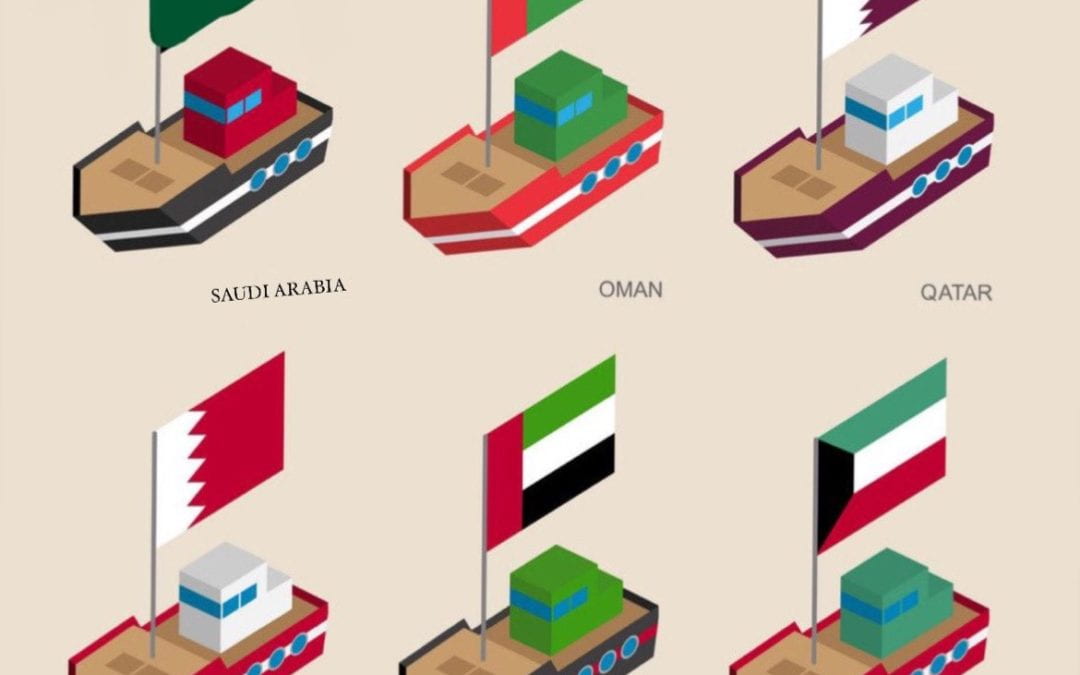
Turning the Tide: Lebanon’s Battle Against Non-Communicable Diseases
Silent Killers in the Cedar Land: Lebanon’s Battle Against the NCD Epidemic
In the heart of the Mediterranean, Lebanon, a country renowned for its rich culture and history, is facing a modern-day health crisis that is silently reshaping its society. Non-communicable diseases (NCDs), once considered ailments of the affluent, are now the leading cause of mortality and morbidity in Lebanon, transcending economic and social boundaries. From the bustling streets of Beirut to the serene landscapes of the Beqaa Valley, the specter of NCDs looms large, affecting young and old alike. This urgent health challenge calls for innovative solutions and a collective commitment to change, both from the government and its citizens. A journey into this topic began with a simple question: Can Lebanon turn the tide against these silent killers? In this exploration, we unravel the threads of Lebanon’s health crisis and seek to uncover strategies that could pave the way for a healthier, more resilient future.
Mortality’s Rising Tide: Unveiling the Causes Behind Lebanon’s Health Crisis
Lebanon stands at a critical juncture, with the specter of non-communicable diseases casting long shadows over its future. The data reveals a hard truth: a surge in cardiovascular diseases leads the charge, followed closely by the silent spread of cancers and respiratory conditions. Kidney and liver diseases also claim their share of lives, while drug-related disorders sketch a worrying trend of increasing substance abuse. These aren’t just numbers; they’re echoes of individual stories and collective challenges that Lebanon must urgently address. But what are the underlying causes of this health crisis, and how can Lebanon’s policies adapt to confront them effectively?
Do you think that’s the whole picture? Think again—there’s more beneath the surface of Lebanon’s health crisis.
A Silent Tide: The Visual Tale of Lebanon’s NCDs Tragedy
Lebanon’s health crisis, as quantified in stark data visualizations, can be traced to a constellation of lifestyle and environmental factors that demand a nuanced examination. The nation’s predilection for high-sodium diets is leading to alarmingly high rates of hypertension, a silent precursor to more dire health complications. Concurrently, obesity is becoming increasingly prevalent, laying the groundwork for a myriad of chronic health conditions. The entrenched smoking culture contributes to a significant burden of respiratory and cardiovascular diseases. Elevated cholesterol levels, indicative of dietary imbalances, pose additional risks for heart health. Air pollution, with its insidious effects, exacerbates the incidence of asthma and other respiratory disorders. Additionally, the rising trend of drug use introduces complex challenges, both medical and social. These factors, specific and interrelated, underpin the NCD problem in Lebanon, underscoring the urgent need for comprehensive public health strategies and interventions.
Crafting a Healthier Lebanon: A Government-Led Crusade Against NCDs
In an ambitious move to tackle the NCD crisis, the Lebanese government is poised to roll out a detailed strategy that resonates with urgency and hope. This plan hinges on introducing impactful health policies, such as the imposition of taxes on tobacco and sugary foods to discourage unhealthy habits. Comprehensive health campaigns and screenings, strategically spread across the nation, will aim to catch diseases early and educate the public. Reinforcing this is the crucial enhancement of healthcare infrastructure, ensuring accessible and efficient medical care. Integral to this endeavor is the infusion of health education into school curricula, fostering a future generation that is health-conscious. Moreover, the establishment of community fitness programs stands to invigorate the Lebanese populace with the spirit of physical well-being. To knit these efforts together, a collaborative framework involving government sectors, private entities, and NGOs will be pivotal. By embracing this multi-layered approach, the government of Lebanon is not just combating diseases but is sculpting a vision of vitality and longevity for its people.
Emulating Success: How Lebanon Can Learn from UAE’s Public Health Triumphs
Examining the UAE’s approach offers specific insights for Lebanon’s NCD strategy. The UAE government implemented taxes on tobacco and soft drinks, a move proven to reduce consumption of these products. They also launched targeted health campaigns like the “Your Health is Your Responsibility” initiative, which focused on promoting healthy lifestyles, regular medical examinations, and smoking cessation. Additionally, the UAE integrated health education into school curricula and established wellness programs to foster early adoption of healthy habits. This disparity serves as a crucial learning point for Lebanon, underscoring the efficacy of the UAE’s health policies—from rigorous anti-smoking laws to nutritional awareness programs—that Lebanon could adopt. By mirroring such measures, Lebanon can embark on a transformative journey toward reducing its NCD burden, a move that would not only alleviate healthcare strain but also improve the quality of life for its citizens.
Lebanon vs. UAE: A Tale of Diverging Health Investments
The graph illustrates a notable disparity: in 2019, Lebanon experienced an unanticipated decrease in health expenditure, regardless of the emergence of COVID-19, in contrast to the consistent dedication observed in the UAE. This highlights an urgent requirement for Lebanon to reassess its funding for healthcare, guaranteeing that it has the capacity to endure and address unforeseen public health challenges with the same determination demonstrated by its neighboring country.
A Blueprint for Resilience: Lebanon’s Call to Action Against NCDs
In conclusion, Lebanon’s journey towards mitigating its NCD crisis necessitates immediate and decisive action. Drawing from the UAE’s successful model, Lebanon should adopt targeted fiscal policies such as increased taxation on tobacco and unhealthy foods, coupled with rigorous enforcement. Launching impactful health awareness campaigns and integrating health education into school systems are crucial for fostering a health-conscious society. Investing in healthcare infrastructure and accessibility, along with developing community-based wellness programs, will further strengthen this approach. Lebanon stands at a pivotal point, and these recommendations offer a blueprint for a healthier future. It’s a call to action for government, healthcare professionals, and citizens alike to collaboratively turn the tide against NCDs, ensuring a resilient and vibrant Lebanon for generations to come.
